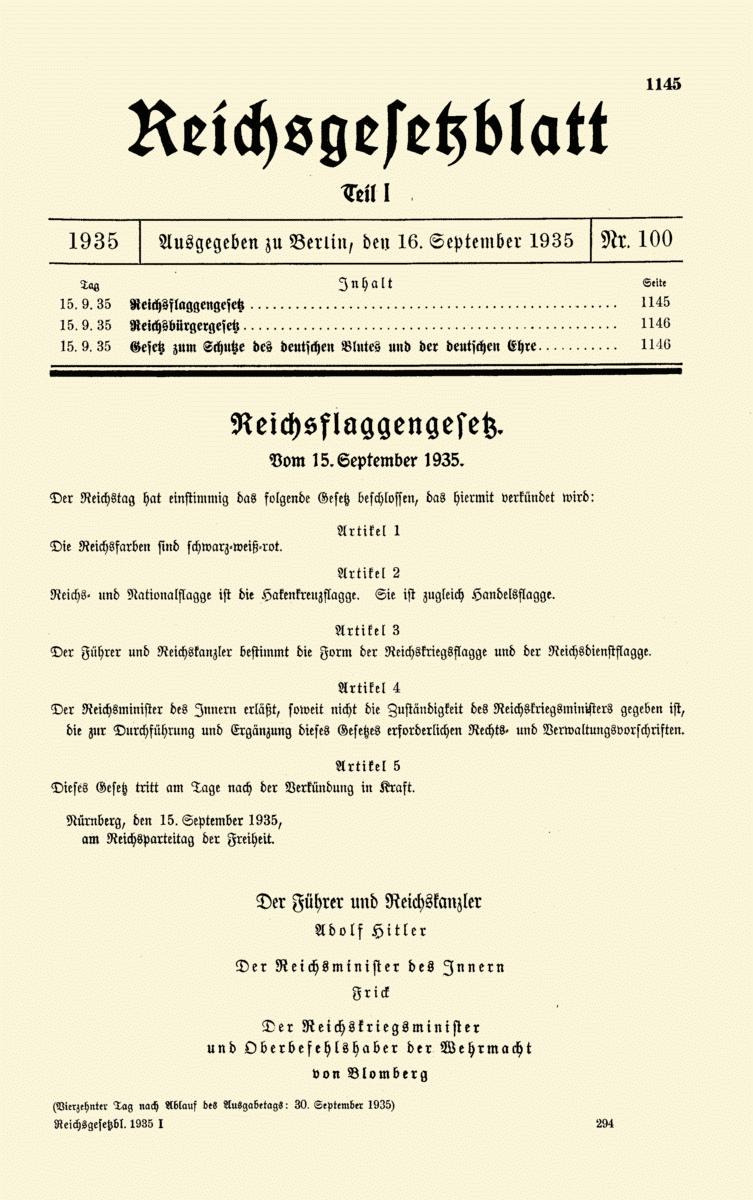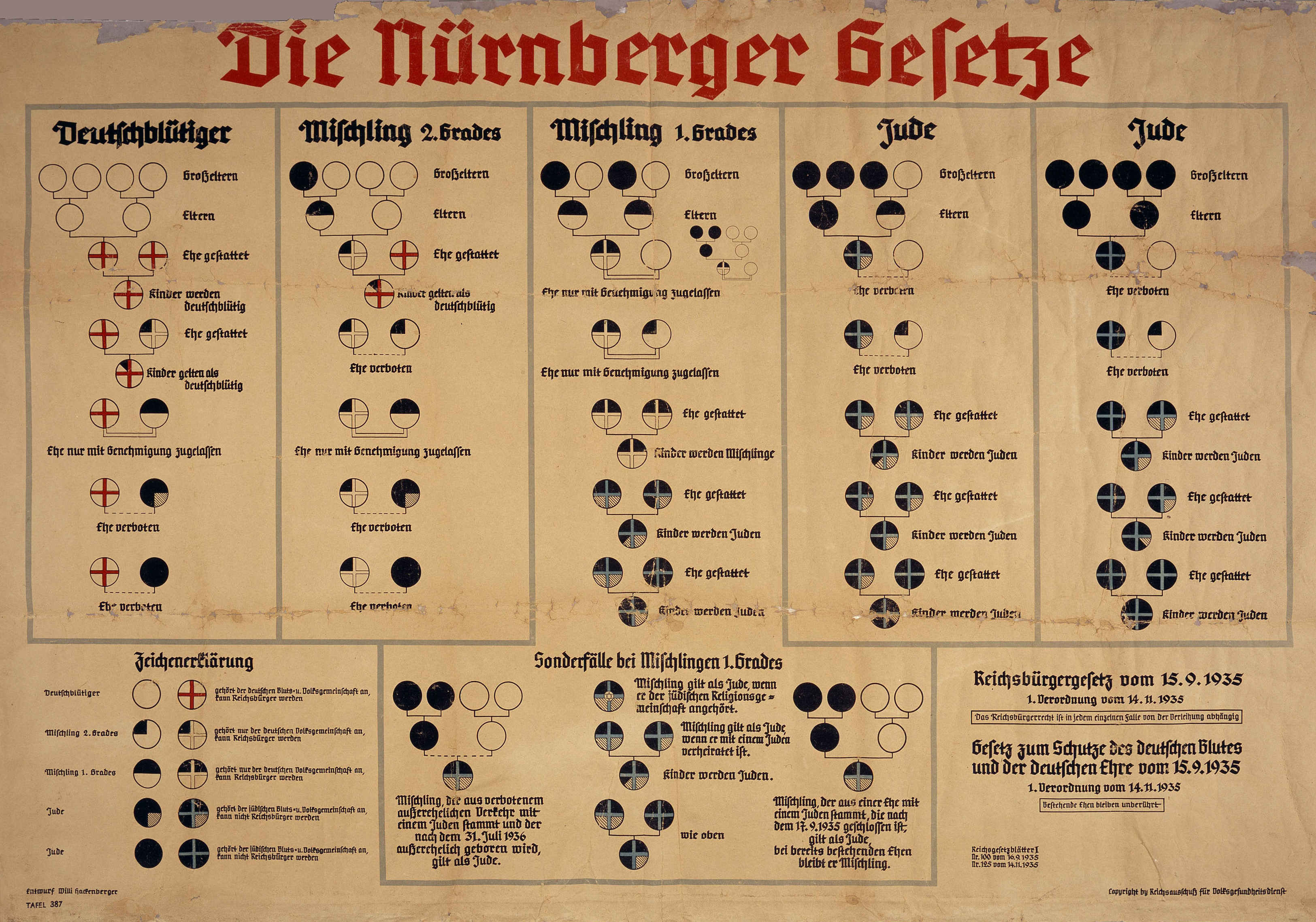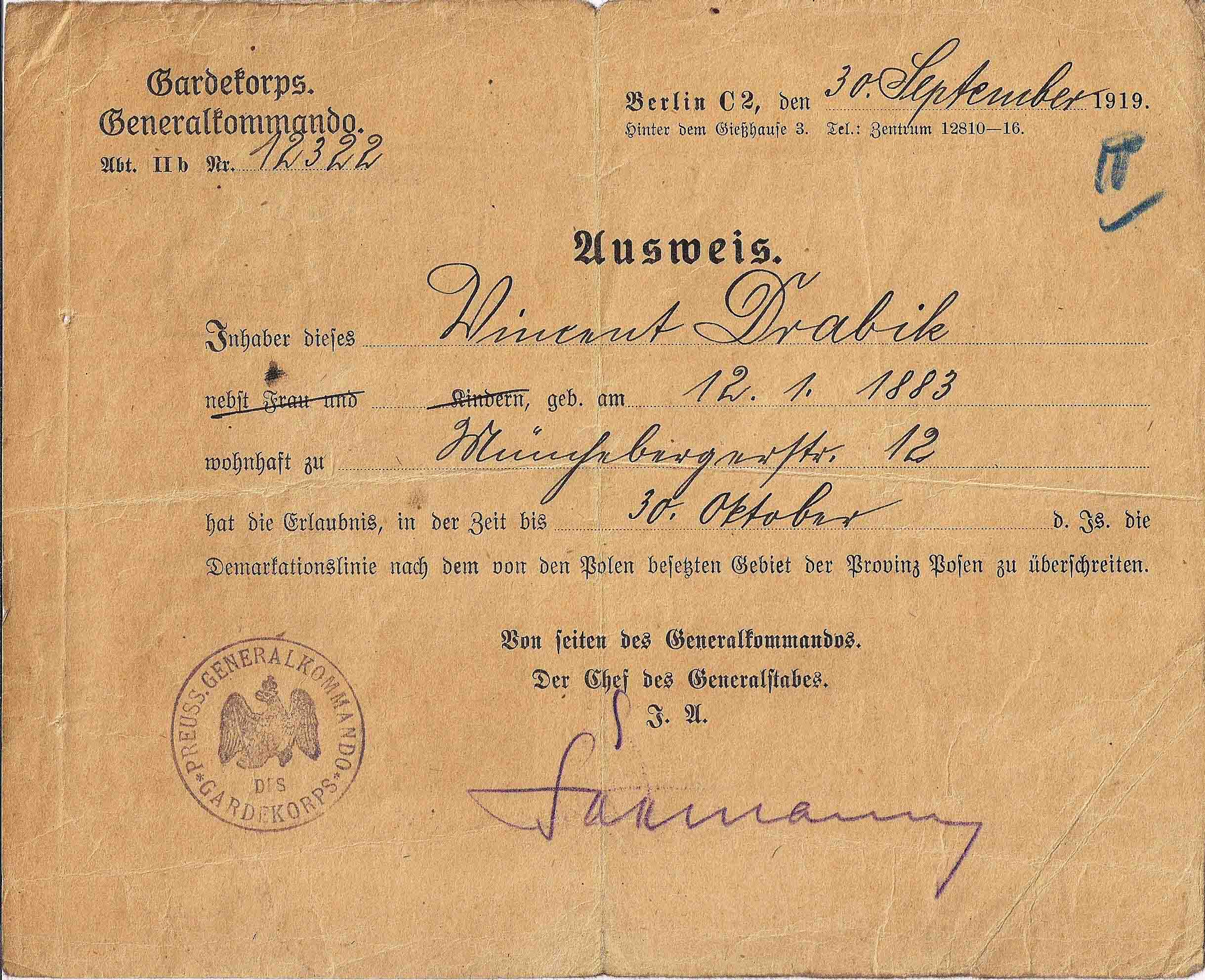|
Siegfried Simsch
Siegfried Simsch (6 September 1913 – 8 June 1944) was a German Luftwaffe military aviation, military aviator and fighter ace during World War II. He is credited with 54 aerial victories, all of which claimed on the Eastern Front (World War II), Eastern Front, achieved in approximately 400 combat missions. Born in Poznań, Posen and half Jewish, Simsch joined the military service in the Luftwaffe. Following flight training, he was posted to Jagdgeschwader 134, ''Jagdgeschwader'' 134 "Horst Wessel" (JG 134—134th Fighter Wing) before World War II. In late 1940, Simsch was transferred to Jagdgeschwader 52, ''Jagdgeschwader'' 52 (JG 52—52nd Fighter Wing) and fought against the Royal Air Force (RAF). During Operation Barbarossa, the German invasion of the Soviet Union, he claimed his first aerial victory on 22 June 1941. In September 1941, he was made ''Staffelkapitän'' (squadron leader) of 5. ''Organization of the Luftwaffe (1933–1945)#Staffel, Staffel'' (5th squad ... [...More Info...] [...Related Items...] OR: [Wikipedia] [Google] [Baidu] |
Poznań
Poznań () is a city on the River Warta in west-central Poland, within the Greater Poland region. The city is an important cultural and business centre, and one of Poland's most populous regions with many regional customs such as Saint John's Fair (''Jarmark Świętojański''), traditional Saint Martin's croissants and a local dialect. Among its most important heritage sites are the Renaissance Old Town, Town Hall and Gothic Cathedral. Poznań is the fifth-largest and one of the oldest cities in Poland. As of 2021, the city's population is 529,410, while the Poznań metropolitan area (''Metropolia Poznań'') comprising Poznań County and several other communities is inhabited by over 1.1 million people. It is one of four historical capitals of medieval Poland and the ancient capital of the Greater Poland region, currently the administrative capital of the province called Greater Poland Voivodeship. Poznań is a center of trade, sports, education, technology and touri ... [...More Info...] [...Related Items...] OR: [Wikipedia] [Google] [Baidu] |
Staffelkapitän
''Staffelkapitän'' is a position (not a rank) in flying units ( ''Staffel'') of the German Luftwaffe that is the equivalent of RAF/USAF Squadron Commander. Usually today a ''Staffelkapitän'' is of ''Oberstleutnant'' or ''Major'' rank. In the ''Luftwaffe'' of the Wehrmacht the ''Staffelkapitän'' usually held the rank of an ''Oberleutnant'' or ''Hauptmann''. For the first weeks of his assignment he was known as a ''Staffelführer'' (Squadron Leader), until he was confirmed in this position. If a Non-commissioned officer was tasked with this role, he was also referred to as a ''Staffelführer''. This title is not to be confused with ''Staffelführer'', a rank in the SS. See also *Organization of the Luftwaffe (1933–1945) Between 1933 and 1945, the organization of the Luftwaffe underwent several changes. Originally, the German military high command, for their air warfare forces, decided to use an organizational structure similar to the army and navy, treating the ... Refere ... [...More Info...] [...Related Items...] OR: [Wikipedia] [Google] [Baidu] |
RAF Manston
Royal Air Force Manston or more simply RAF Manston is a former Royal Air Force station located in the north-east of Kent, at on the Isle of Thanet from 1916 until 1996. The site was split between a commercial airport Kent International Airport (KIA), since closed, and a continuing military use by the Defence Fire Training and Development Centre (DFTDC), following on from a long-standing training facility for RAF firefighters at the RAF Manston base. In March 2017, RAF Manston became the HQ for the 3rd Battalion, Princess of Wales Royal Regiment (PWRR). History First World War At the outset of the World War I, First World War, the Isle of Thanet The Isle of Thanet () is a peninsula forming the easternmost part of Kent, England. While in the past it was separated from the mainland by the Wantsum Channel, it is no longer an island. Archaeological remains testify to its settlement in anc ... was equipped with a small and precarious landing strip for aircraft at St Mildreds ... [...More Info...] [...Related Items...] OR: [Wikipedia] [Google] [Baidu] |
Erich Woitke
Erich Woitke (29 January 1912 – 24 December 1944) was a fighter pilot 'ace' serving in the German Luftwaffe during World War II. Early life Woitke was born 29 January 1912 in Mülheim, near Duisburg. Military career ''Leutnant'' Woitke served with the fighter unit 1./J 88 of the Condor Legion during the Spanish Civil War. He recorded his first victory on 27 September 1937, claiming a Republican I-16 "Rata". He claimed 3 more victories, all "Ratas" before returning to Germany. From the early stages of his career until his death, Woitke was considered outspoken, and anti-authoritarian, and his attitude to authority would lead him into conflict with his superiors on numerous occasions. He is reputed to have received the German Cross in Gold from Hermann Göring in person, only to hurl the award on the floor while making disparaging remarks. World War II In February 1940, ''Oberleutnant'' Woitke was made ''Staffelkapitän'', 6./JG 3, leading the unit through the Battle of France. ... [...More Info...] [...Related Items...] OR: [Wikipedia] [Google] [Baidu] |
Invasion Of Poland
The invasion of Poland (1 September – 6 October 1939) was a joint attack on the Republic of Poland by Nazi Germany and the Soviet Union which marked the beginning of World War II. The German invasion began on 1 September 1939, one week after the signing of the Molotov–Ribbentrop Pact between Germany and the Soviet Union, and one day after the Supreme Soviet of the Soviet Union had approved the pact. The Soviets invaded Poland on 17 September. The campaign ended on 6 October with Germany and the Soviet Union dividing and annexing the whole of Poland under the terms of the German–Soviet Frontier Treaty. The invasion is also known in Poland as the September campaign ( pl, kampania wrześniowa) or 1939 defensive war ( pl, wojna obronna 1939 roku, links=no) and known in Germany as the Poland campaign (german: Überfall auf Polen, Polenfeldzug). German forces invaded Poland from the north, south, and west the morning after the Gleiwitz incident. Slovak military forces ad ... [...More Info...] [...Related Items...] OR: [Wikipedia] [Google] [Baidu] |
Nuremberg Laws
The Nuremberg Laws (german: link=no, Nürnberger Gesetze, ) were antisemitic and racist laws that were enacted in Nazi Germany on 15 September 1935, at a special meeting of the Reichstag convened during the annual Nuremberg Rally of the Nazi Party. The two laws were the Law for the Protection of German Blood and German Honour, which forbade marriages and extramarital intercourse between Jews and Germans and the employment of German females under 45 in Jewish households; and the Reich Citizenship Law, which declared that only those of German or related blood were eligible to be Reich citizens. The remainder were classed as state subjects without any citizenship rights. A supplementary decree outlining the definition of who was Jewish was passed on 14 November, and the Reich Citizenship Law officially came into force on that date. The laws were expanded on 26 November 1935 to include Romani and Black people. This supplementary decree defined Romanis as "enemies of the rac ... [...More Info...] [...Related Items...] OR: [Wikipedia] [Google] [Baidu] |
Mischling
(; " mix-ling"; plural: ) was a pejorative legal term used in Nazi Germany to denote persons of mixed "Aryan" and non-Aryan, such as Jewish, ancestry as codified in the Nuremberg racial laws of 1935. In German, the word has the general denotation of hybrid, mongrel, or half-breed. Outside its use in official Nazi terminology, the term ''Mischlingskinder'' ("mixed children") was later used to refer to war babies born to non-white soldiers and German mothers in the aftermath of World War II. Nazi definitions of Mischling Since the Nazis were unable to find a racial definition of a "Jew", they instead relied on one's ancestors' religious backgrounds to determine whether someone was of "German or related blood" ("Aryan") or a "Jew" ("non-Aryan"). Thus, the Nuremberg Laws in 1935 defined a "full Jew" (''Istjude'' or ''Volljude'' in Nazi terminology) as a person – regardless of religious affiliation or self-identification – who had at least three grandparents who had been enro ... [...More Info...] [...Related Items...] OR: [Wikipedia] [Google] [Baidu] |
German Empire
The German Empire (),Herbert Tuttle wrote in September 1881 that the term "Reich" does not literally connote an empire as has been commonly assumed by English-speaking people. The term literally denotes an empire – particularly a hereditary empire led by an emperor, although has been used in German to denote the Roman Empire because it had a weak hereditary tradition. In the case of the German Empire, the official name was , which is properly translated as "German Empire" because the official position of head of state in the constitution of the German Empire was officially a "presidency" of a confederation of German states led by the King of Prussia who would assume "the title of German Emperor" as referring to the German people, but was not emperor of Germany as in an emperor of a state. –The German Empire" ''Harper's New Monthly Magazine''. vol. 63, issue 376, pp. 591–603; here p. 593. also referred to as Imperial Germany, the Second Reich, as well as simply Germany, ... [...More Info...] [...Related Items...] OR: [Wikipedia] [Google] [Baidu] |
Provinces Of Prussia
The Provinces of Prussia (german: Provinzen Preußens) were the main administrative divisions of Prussia from 1815 to 1946. Prussia's province system was introduced in the Stein-Hardenberg Reforms in 1815, and were mostly organized from duchies and historical regions. Provinces were divided into several ''Regierungsbezirke'', sub-divided into '' Kreise'' (districts), and then into '' Gemeinden'' (townships) at the lowest level. Provinces constituted the highest level of administration in the Kingdom of Prussia and Free State of Prussia until 1933, when Nazi Germany established ''de facto'' direct rule over provincial politics, and were formally abolished in 1946 following World War II. The Prussian provinces became the basis for many federal states of Germany, and the states of Brandenburg, Lower Saxony, and Schleswig-Holstein are direct successors of provinces. History Following the dissolution of the Holy Roman Empire in 1806 and the Congress of Vienna in 1815, the various Germa ... [...More Info...] [...Related Items...] OR: [Wikipedia] [Google] [Baidu] |
Province Of Posen
The Province of Posen (german: Provinz Posen, pl, Prowincja Poznańska) was a province of the Kingdom of Prussia from 1848 to 1920. Posen was established in 1848 following the Greater Poland Uprising as a successor to the Grand Duchy of Posen, which in turn was annexed by Prussia in 1815 from Napoleon's Duchy of Warsaw. It became part of the German Empire in 1871. After World War I, Posen was briefly part of the Free State of Prussia within Weimar Germany, but was dissolved in 1920 when most of its territory was ceded to the Second Polish Republic by the Treaty of Versailles, and the remaining German territory was later re-organized into Posen-West Prussia in 1922. Posen (present-day Poznań, Poland) was the provincial capital. Geography The land is mostly flat, drained by two major watershed systems; the Noteć (German: ''Netze'') in the north and the Warta (''Warthe'') in the center. Ice Age glaciers left moraine deposits and the land is speckled with hundreds of "finger l ... [...More Info...] [...Related Items...] OR: [Wikipedia] [Google] [Baidu] |
Normandy Landings
The Normandy landings were the landing operations and associated airborne operations on Tuesday, 6 June 1944 of the Allied invasion of Normandy in Operation Overlord during World War II. Codenamed Operation Neptune and often referred to as D-Day, it was the largest seaborne invasion in history. The operation began the liberation of France (and later western Europe) and laid the foundations of the Allied victory on the Western Front. Planning for the operation began in 1943. In the months leading up to the invasion, the Allies conducted a substantial military deception, codenamed Operation Bodyguard, to mislead the Germans as to the date and location of the main Allied landings. The weather on D-Day was far from ideal, and the operation had to be delayed 24 hours; a further postponement would have meant a delay of at least two weeks, as the invasion planners had requirements for the phase of the moon, the tides, and the time of day that meant only a few days each month were ... [...More Info...] [...Related Items...] OR: [Wikipedia] [Google] [Baidu] |





.jpg)
